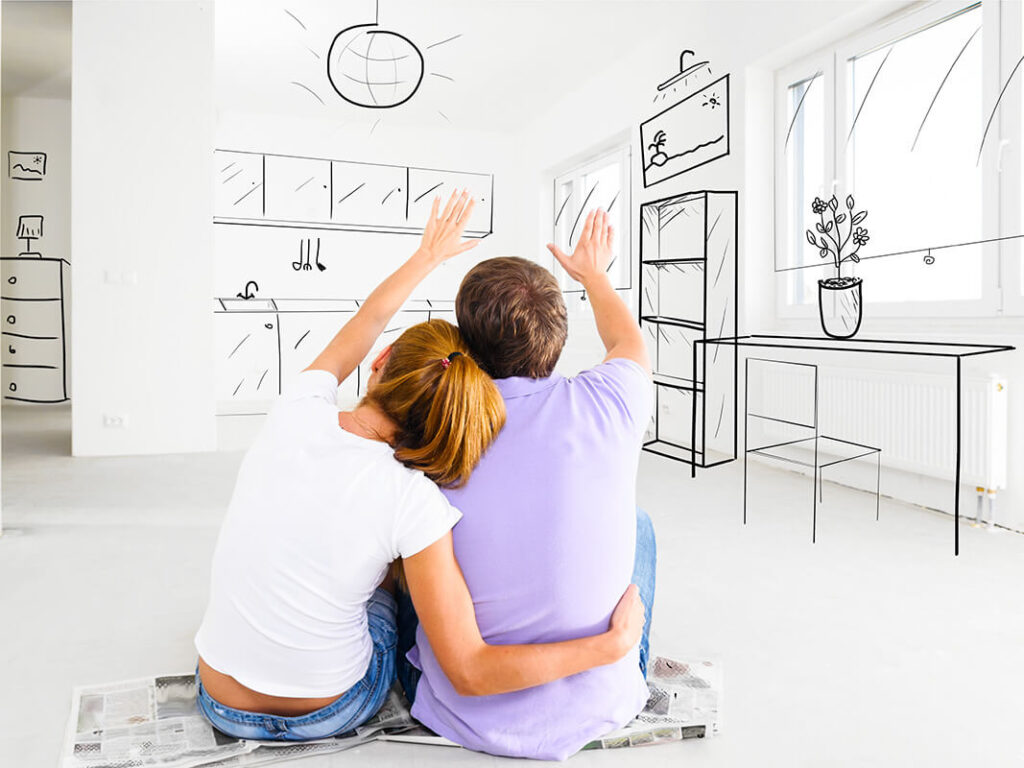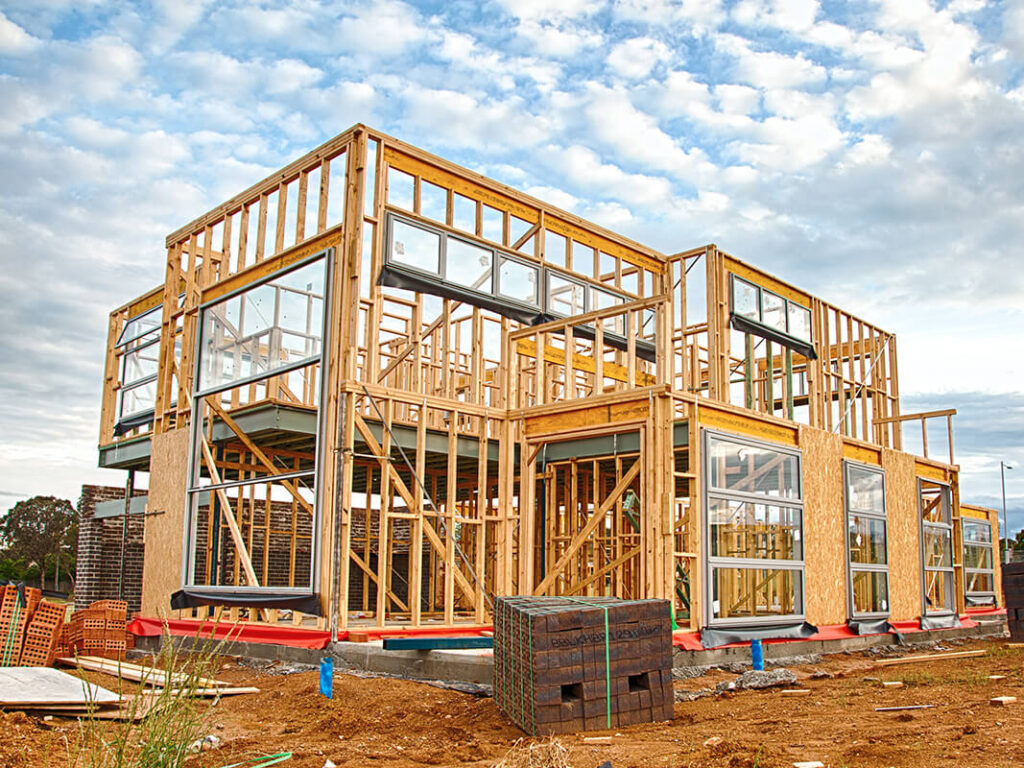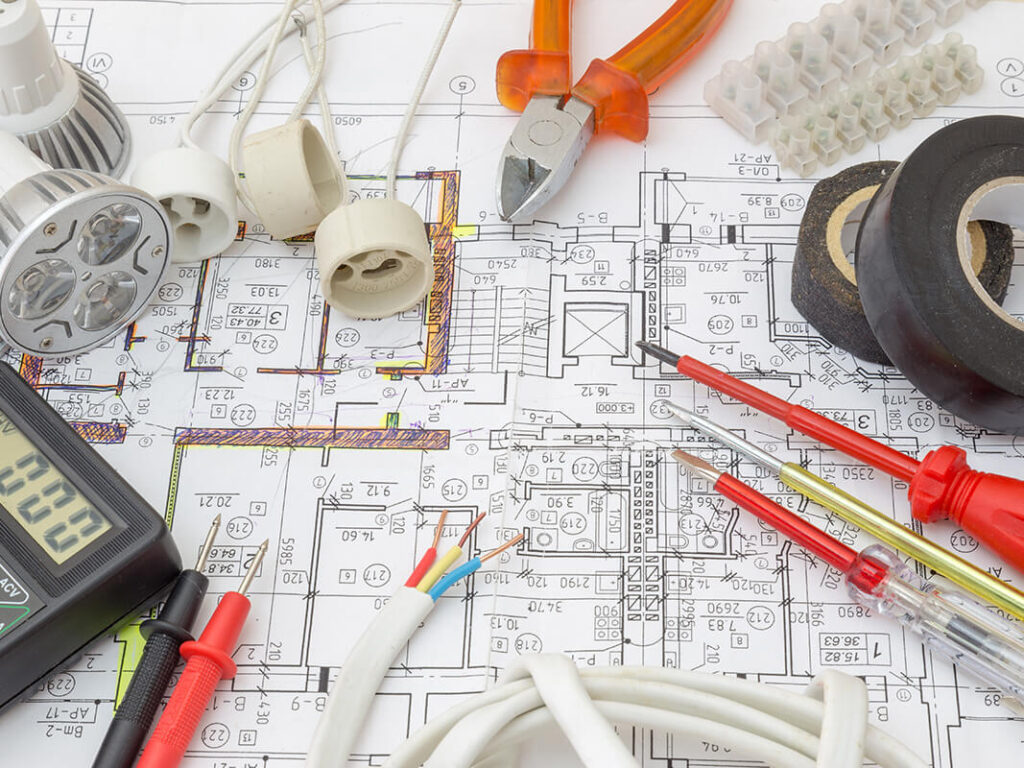Construction Costs in Australia
- April 18, 2023
- 7:14 am

It’s hard to not make mistakes when calculating a property’s construction cost. Make a simple mistake here or omit something there, and it’s going to cost you thousands of dollars – if not more. And do-overs and modifications not just cost you money but will also push the timeline of the project altogether.
That’s why it’s important to know the cost of the construction project before you break ground. So here are the different factors that can influence construction costs when you’re building a home in Australia.
1. The size of the property
Size is one of the primary factors that can affect the overall cost of the construction. A starter home for a small family will definitely cost less than a palatial abode in the city.
Larger homes naturally require more materials than smaller ones. These include
- Cement
- Aggregates
- Reinforcing bars
- Wood
- Steel beams
- Tiles
- Paint
- Plumbing
- Glass, etc.
2. The quality and specifications of the materials

The amount of material used to construct the property is not the only consideration when calculating its construction cost. You also have to take into consideration the quality and finish of the materials, as well as their specifications.
For example, let’s say that you’re choosing a material for your kitchen countertop. Quartz, granite, and marble countertops will definitely cost more than laminate countertops as they are more durable. You should also factor in the size, thickness, and difficulty of installation when calculating the total cost.
3. The property’s location
Planning to build a house in a remote location? You might want to rethink that if you’re on a tight budget. A luxurious hideaway on top of a mountain or a remote beach might be your dream home, but think about how high the cost will get when transporting materials and shuttling labourers during construction. There’s also the matter of laying pipes for plumbing and installing electricity around a remote property.
Some terrains are more difficult to build properties on than others, and that extra level of difficulty can hike up the cost of the construction. Sloping and rocky terrains are notoriously hard to build houses on. That cliffside dream house might offer a nice view of the sunrise over the Pacific, but get ready to cut a large enough check to cover the construction cost.
The ground where you plan to build the property is also going to be tested by a geotechnical engineer to ensure that the house’s foundation will be stable.
Another important factor that can affect your property’s construction cost is its vulnerability to bushfires. Houses in bushfire-prone areas are typically more expensive thanks to the addition of non-combustible materials and the improvements built to ensure that they can handle fires in the future.
4. The complexity of the architectural design

Last but not least is the complexity of the property’s design. A single-storey minimalist home, for example, is pretty straightforward to design and build. This is in contrast to, say, a luxurious villa or a multi-storey seaside getaway with glass walls.
You can also expect higher prices this year (and even beyond) thanks to different factors, such as price hikes for certain materials, supply chain woes, and labour shortage.
